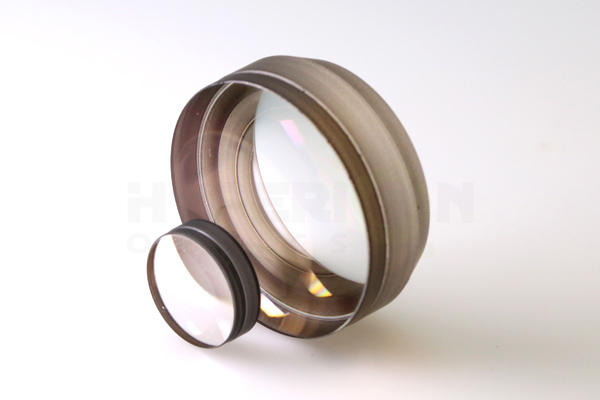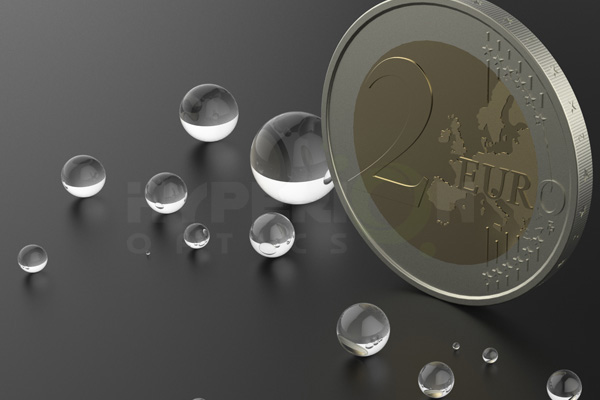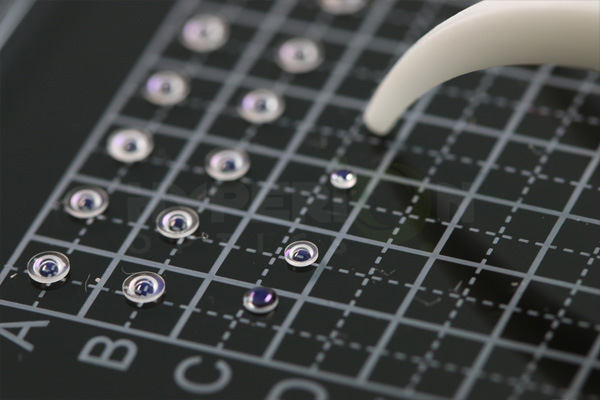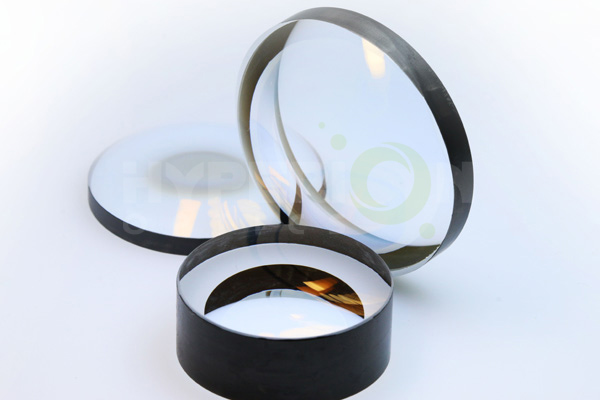Singlet lens is a lens consisting of a pure single element, which can be considered as the fundamental element of developing optical systems. Based on optical engineers’ design, multiple singlet lenses might be utilized within an optical system with other optics.
As the basic optical element, singlet lenses are commonly used in engineers’ design, and further assembly works for a variety of applications such as imaging collimating. At Hyperion Optics, our manufacturing capability covers Plano-Convex/Concave, Bi-Concave, Bi-Convex, Positive and Negative Meniscus, ranged from many variations of optical glass and fused silica and even crystal. With our reliable coating technique, AR or V-coatings can be applied to reach expectation. Special treatment i.e. edge blackening / special packaging / labeling also available upon request.
Our singlet lenses production competency helps our customers to build their unique and cutting edge applications such as microscopy device, diameter 2.5mm~3.5mm design, for projection/ observation applications, we can deliver 180+mm in diameter singlet lens. Besides regular visible spectrum singlet lenses, NIR / SWIR/ MWIR / LWIR lenses are also available at our facility, please refer to our IR optics for more information.
For extremely precision sensitive system requirement, please contact us for further information, our engineers are more than happy to evaluate your design and have our experiences of manufacturing input help to define the most appropriate tolerances.




Spherical lens is the reflective surface of a part of the sphere. The surface may be either convex or concave. Concave spherical lens has a reflecting surface that bulges inward and it reflects light inward. Convex spherical lens has a reflective surface that bulges toward the light source and it reflects light outwards. Substrate materials of spherical lens include all kinds of optical glass, UV fused quartz, IR fused quartz and crystal materials such as calcium fluoride (CaF2), magnesium fluoride (MgF2), zinc selenide (ZnSe), germanium (Ge), silicon (Si), etc., and it is provided with various kinds of optical filming such as anti-reflective film, highly reflective film, beam splitting film, metal film, etc. The wide band anti-reflective film can apply to ultraviolet, visible, near-infrared and mid-infrared band.
Concave Spherical lens properties:
1. The reflection of the concave spherical lens obeys the reflection law of light.
2. When the light from the main axis is reflected by the concave spherical lens, the reflected light will converge to the focal point. The focal point of the concave spherical lens is the convergence point of the actual light, so it is the real focus.
3. The concave spherical lens gathers the light, the smaller the focal length the greater the convergence ability.
4. Four special rays: the light that is parallel to the main axis will be reflected by the concave spherical lens and will converge to the focal point; The incident light in the focus is reflected and parallel to the spindle; The incident light in the center of the sphere is reversed along the original path; The incoming light from the vertex is symmetric with the reflected light on the spindle.
Convex Spherical lens properties:
1. The reflection of the concave spherical lens obeys the reflection law of light.
2. The focus of the convex spherical lens is the virtual focus.
3. Convex spherical lens has a divergent effect on light. The smaller the focal length the greater the divergence ability.
4. Four special light: (similar to a concave spherical lens).
A. Imaging with array lenses, used in fields, such as monitoring, microscopy, etc.
B. The spherical and optical aberration is corrected by glued lens to achieve the ideal image quality
 Call us on:
Call us on:  Email us:
Email us:  R&D Center: Aoti Street #68 Building 4A 405 International R&D park, Nanjing
R&D Center: Aoti Street #68 Building 4A 405 International R&D park, Nanjing









 English
English  cn
cn  de
de  es
es  fr
fr 


